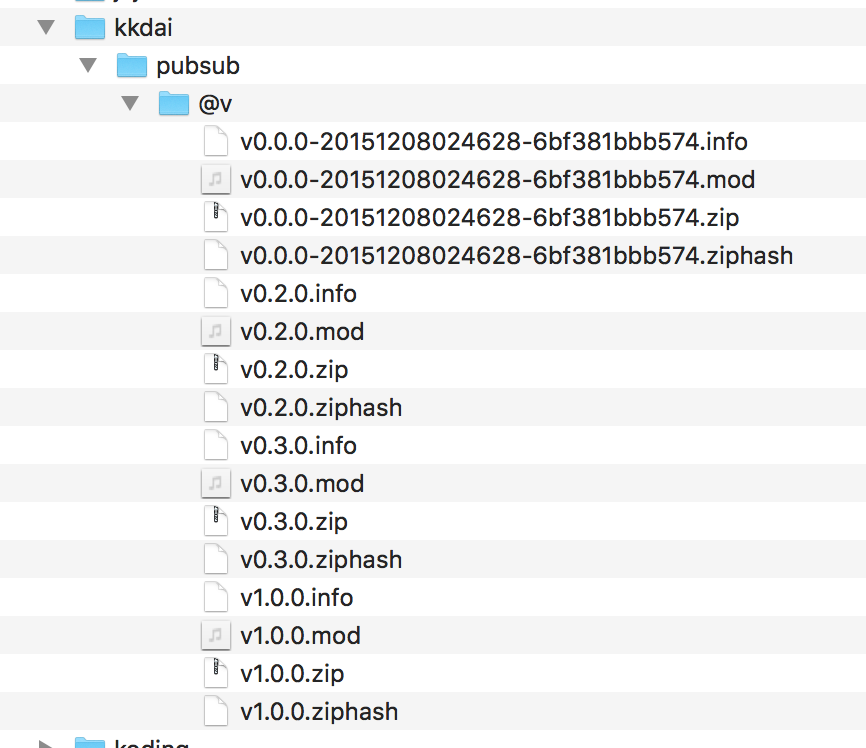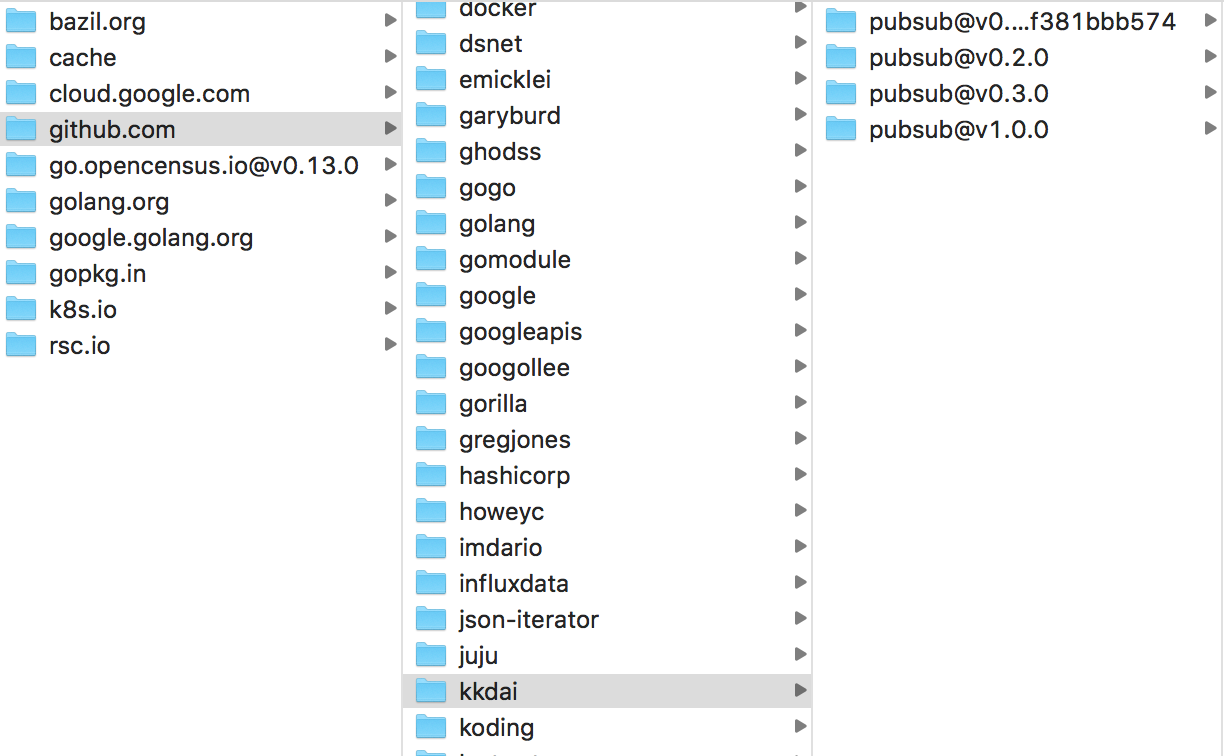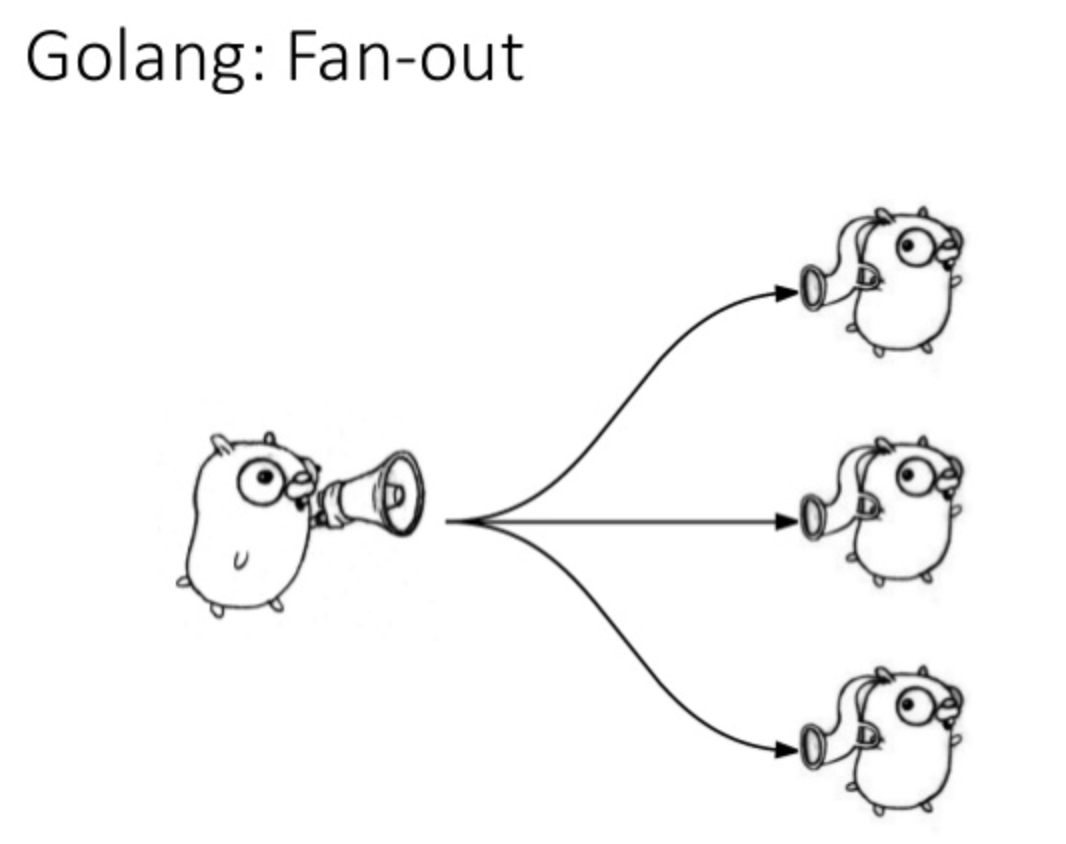[好書分享] 創意電力公司:我如何打造皮克斯動畫

前言:
很久沒有看實體的雜書(非程式設計相關的書籍),這一本很早之前就放在我的購物車裡面. 不過因為最近有朋友推薦了另外一本書,就一併買了下來.
但是開始看就欲罷不能,想不到一個週末就把它看完了. 內容讓我相當喜歡,決定想把自己一些心得拿來跟大家分享一下.
內容簡介:
作者 Ed Catmull 是皮克斯動畫工作室的創辦人之一.這本書就是敘述他如何創辦這間公司,並且公司被盧卡斯工作室賣給賈伯斯之後.進而發光發熱製作出許多膾炙人口的動畫影片 “玩具總動員” ,”海底總動員”, “蟲蟲危機” .近幾年更是被迪士尼所收購,成為夢想工廠重要的一員,進而製造出史上動畫最知名的”冰雪奇緣” .
整本書的內容圍繞在如何打造出一個具有創意的團隊.
從第一部的開端,如何創造皮克斯開始.這部分主要是傳達皮克斯建立的環境之外,還有他如何招募進來核心的員工,主要招募的準則就是找進來比他自己還聰明的人. 到了遇到了賈伯斯,離開盧卡斯之後.皮克斯也不是一凡風順的,一開始皮克斯是在賣圖像電腦(也就是影音剪輯電腦,搭配著賈伯斯當時買下的 NeXT 電腦.面臨著只賣出三百台的慘淡業績,讓他們好好思考要從事他們的熱情所在”電腦動畫”,於是乎他們跟剛好需要創新題材的迪士尼合作,簽下來發行三部動畫電影的合約.接下來,就是孕育出令人驚奇的”玩具總動員”.
這邊有個書上提到有趣的小插曲,就是賈伯斯看完”玩具總動員”的內容之後.就加緊找了 Ed Catmull 說 : “ 這部電影一定會讓皮克斯大紅特紅,我們要準備好各種條件.讓迪士尼接下來跟我們簽約的時候給予最好的報價”. 於是在玩具總動員上市的前一個月,他們不是忙著宣傳.而是不斷地尋找上市的相關準備,力圖在玩具總動員開演後一週上市. 當然接下來的故事就為人熟知,玩具總動員上映後打破了影史上相關的紀錄.不論是影評還是票房都是佳評如潮. 皮克斯也如願上市,並且之後跟迪士尼簽訂了更多的合作影片合約.
第一次重大的公司危機就發生在玩具總動員大成功之後.團隊所有人都忙著在做”蟲蟲危機”,而玩具總動員第二集由於被定義成續集,於是公司是透過另外一組人馬來製作. 這時候就發生了第二集的故事劇情令人不滿意,於是乎皮克斯把原本的劇情完全推翻.並且把公司全部人馬又找回來傾全力製作第二集.經過了這次的事件,皮克斯也更深信他們的核心思想 - “有趣而打動人心的故事”.
到第二部的實際運作創意團隊需要的重要條件,舉凡保護新點子,誠實與坦率的智囊團會議是一個很有趣的點子.我們都以為創意是靈光一現,但是他們告訴你創意就像是你的程式碼一樣,需要不斷檢查,運行後進行討論修改.任何我們熟知的熱門電影一開始都是完全不一樣的故事.因為一開始故事的發想是透過編劇與導演來討論出來,這時候會經過皮克斯內部的”智囊團”,是由一群專門”說故事”的人來討論故事的內容.但是皮克斯的智囊團制度有個很有趣的地方是,權力還是在導演的身上.也就是導演可以完全不聽信智囊團的建議. 但是由於智囊團的討論方式相當的正面,於事整個故事的打磨可以在非常順暢的狀況下進行.
恐懼與失敗的章節裡面更形容出創意人有趣的部分.我們都會以為創意人是具有強烈個人意見的,不容易聽信別人的建議. 並且很害怕失敗的發生. 但是在皮克斯裡面,第一個守則是 “一定會發生失敗”. 因為創意不是一次就能到位的東西,是需要不斷修改才能誕生的.這邊舉了一個例子是 “怪獸電力公司”.原本的點子是一個三十歲的會計師與他的故事書的插曲,由於故事書裡面的怪物跑出來後來變成他的朋友. 大家都知道後來的怪獸電力公司是完全不一樣的故事,這也是告訴我們就算一開始的構想是不夠完美的,但是透過團隊不斷的討論後來就能發展出打動人心的好故事.
第三個章節敘述了建立與維持,一個好的創意團隊需要不斷的自主學習與充電.由於皮克斯是充滿創意的公司,於是更需要大家有不斷的”養分”灌溉. 於是有了”皮克斯大學” .公司內部的類似讀書會的組織,並且定期找專業講師來上課.比如說很多電腦動畫師其實並不是美術相關科系出身,於是公司找了專業的美術老師來教導繪畫,讓每個工程師能夠更了解美術人員看東西的角度.
最後一個部分討論到了新挑戰,也就是後來皮克斯被迪士尼併購之後的故事.雖然皮克斯是被併購的公司,但是動畫的相關部門全部都由 Ed Catmull 統一來管理.這時候兩家部門的合併引發了不少直得討論部分. 首先幾個創辦人花了很多時間在兩個部門跑來跑去,並且導入皮克斯的智囊團到迪士尼的內部.讓他們許多傳統動畫的製作部分有了更多的故事琢磨的空間.
最後一個附錄討論了賈伯斯,由於賈伯斯才能造就皮克斯在最艱困的時候能夠堅持做自己想做的電腦動畫.所以最後一部分的附錄就討論了關於賈伯斯的部分,這部分我想有看過傳記可能會知道,就不多提了.
心得:
創意團隊的建立比起我想像中的更難,不僅僅因為創意團隊需要很多的討論.所以人與人之間的交流變得更加的重要,不像是程式碼的世界一樣,一個動人的故事需要注入許多人的經驗與歷練分享,才能討論出令人驚豔的故事.而創意的產生過程會經歷許多的撞牆期,這時候絕對不能害怕失敗.要大膽的失敗才會有創意被激發出來.
許多人也在說軟體工程師也是一個創意的產業,但是我認為軟體工程師比較像是建築工人,不斷地吸收養分進來讓我們能了解如何蓋房子才能又快又好.但是一個好的房子還是會需要不斷的進步,並且測試與改進.
建立一個以專業的團隊相當的困難,創意的團隊更難.需要更大量的人員討論空間,更要有能夠容忍失敗的空間.這些部分都是很值得好好學習的部分.






